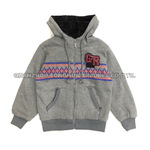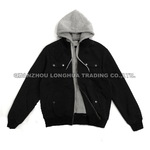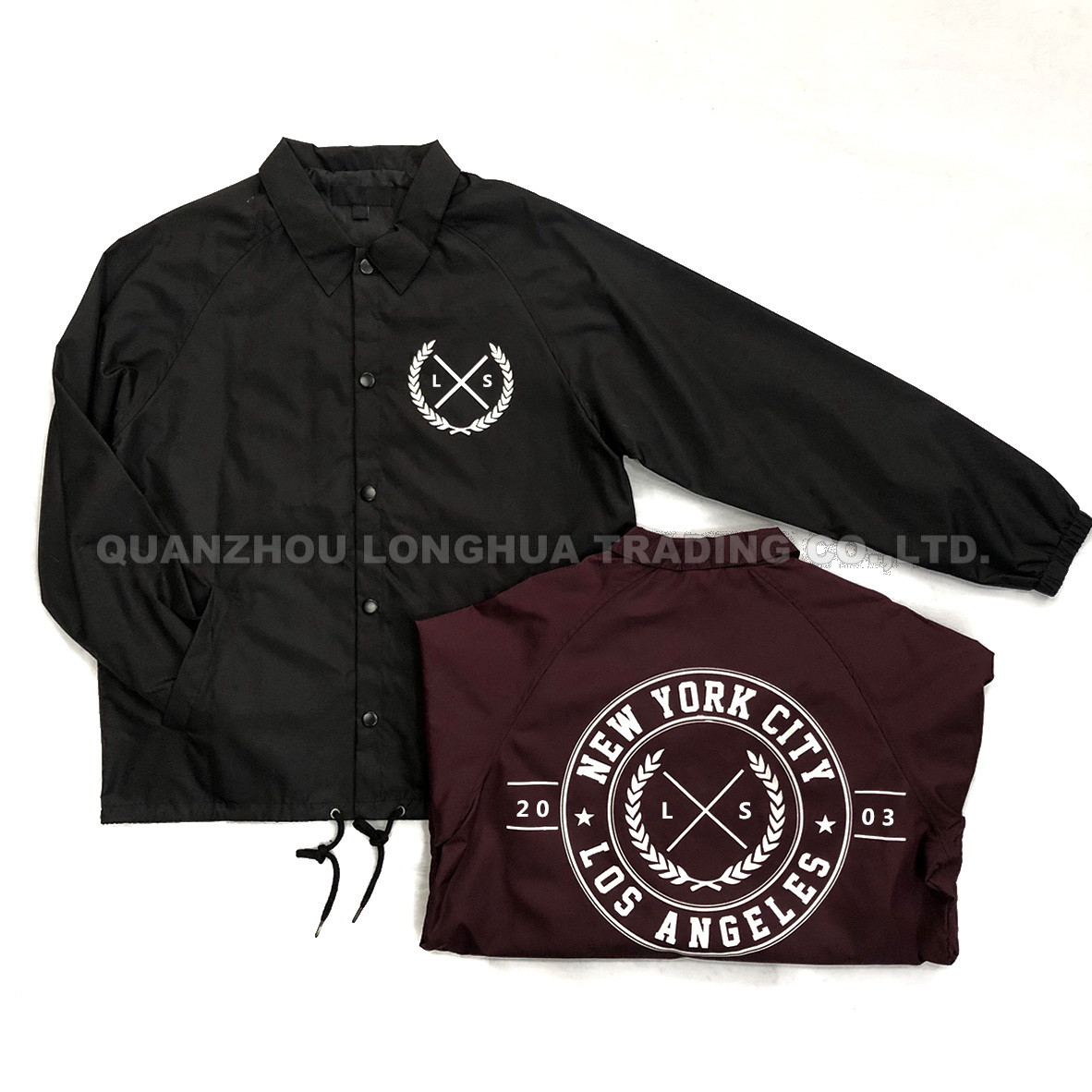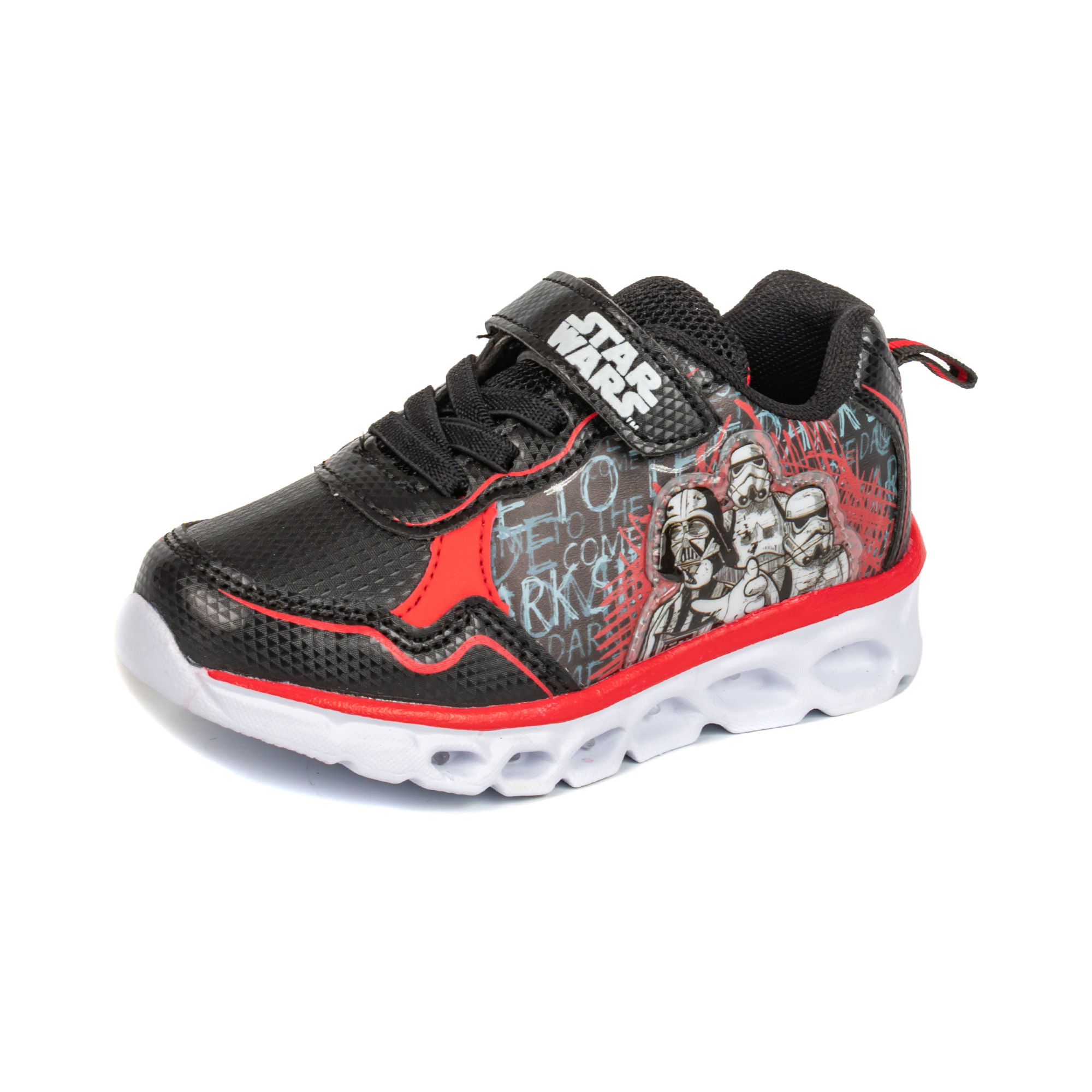News
Uniqlo's "China Dilemma"
- Categories:NEWS
- Author:
- Origin:
- Time of issue:2021-11-15
- Views:0
(Summary description)"This time, Internet netizens have memories." Consumer Zhang Yi wrote a sentence on the social platform after seeing Uniqlo and KAWS once again launched a joint model.
Uniqlo's "China Dilemma"
(Summary description)"This time, Internet netizens have memories." Consumer Zhang Yi wrote a sentence on the social platform after seeing Uniqlo and KAWS once again launched a joint model.
- Categories:NEWS
- Author:
- Origin:
- Time of issue:2021-11-15
- Views:0
"This time, Internet netizens have memories." Consumer Zhang Yi wrote a sentence on the social platform after seeing Uniqlo and KAWS once again launched a joint model.
Different from the co-branded models that were launched in the summer of 2019, the Explosive and Crazy Rush, this time Uniqlo once again co-branded KAWS, but was "scolded".
Zhang Yi recalled that in 2019, in order to grab the co-branded item, he first squatted on the Internet at 0:00 and found that it was sold out instantly. The next morning, he ran to several stores in Beijing to buy it. Some scalpers flew the price to nearly 1,000 yuan. Uniqlo stores in many places across the country have been "captured", and there is news that consumers are fighting to get the co-branded items first.
The same marketing routine, but few people pay for Uniqlo again this year.
Although Uniqlo also specially reminded, "The purchase of T-shirt products is limited to 9 pieces per user ID, and 3 pieces per user ID per bag." A clerk at Uniqlo's Beijing store told "Ling Beast", "Buy whatever you want, There are more stocks in the back."
In addition to the "nobody cares" previous hot products, Uniqlo stores are filled with a large number of promotional and discount products. The original price is 159 yuan, the current price is 59 yuan cotton three-quarter sleeves, and 39 yuan short sleeves. Uniqlo, which was rated as the "cost-effective ***", is back again.
This time, many consumers are not buying like they used to.
UNIQLO’s current status quo is very different from the “wild consumption” scenario that has been rushed by the market in the past.
According to foreign media Bloomberg News, in April, Uniqlo’s sales on China’s e-commerce platforms suffered a severe setback, falling by more than 20%. During the mid-year promotion this year, Uniqlo had already stepped down from the top sales list, giving way to domestic Internet celebrity brands, falling behind by more than 770,000 points in the transaction index, ranking fourth.
Uniqlo has gradually fallen out of the altar in China. Behind it is the trend of changes in the brand's sales pattern. More directly, it refers to the "Xinjiang Cotton" incident.
Some time ago, foreign companies such as HM and Uniqlo were exposed to boycott Xinjiang cotton products, causing public outrage. Subsequently, celebrities announced the termination of all cooperation with Uniqlo, and said, "The motherland's *** is above all else, and resolutely resist and oppose any remarks and actions that pollute and spread rumors in China."
However, at the Fast Retailing Group's press conference in April, Uniqlo founder Yanai Zheng also responded to the Xinjiang cotton turmoil, saying that he "remains neutral."
It is this attitude of the founder that pushes the vast number of consumers to the opposite side and completely angers consumers.
The above-mentioned store clerk told "Ling Beast" that the Xinjiang cotton incident has had a great impact, and the sales in the store have dropped a lot, and a lot of inventory has been accumulated.
Inventory has formed a backlog, and the situation can only be reversed by lowering prices. Generally speaking, price reduction is used as a commercial lever to achieve the goal of increasing sales and reducing inventory. Therefore, two years later, I saw that the short sleeves of 39 yuan were put on the shelves in Uniqlo stores, but many consumers also reported that the Uniqlo fabrics after the price reduction were not as good as before.
Since the beginning of this year, Uniqlo has reduced prices in overseas markets, especially in the Japanese domestic market.
On March 4, according to a statement issued by the parent company of Uniqlo, Japan Fast Retailing Group, the full range of products sold in Japan under Uniqlo and GU brands will be changed from the original pre-tax prices to tax-included prices, which is a 9% consumption tax in Japan. Fast Retailing Group explained, “Due to the epidemic, many customers are experiencing unprecedented difficulties... Therefore, the company decided to continue to sell products at prices that consumers can afford”.
The epidemic has reduced the purchasing power of consumers. Under the circumstances that the current objective environment of the epidemic cannot be changed, Uniqlo has played a big promotional card, hoping to stimulate purchases through discounts, but this price cut did not include the Chinese market.
From the data point of view, the consumption power of the Japanese people is indeed showing a downward trend.
On February 5, the Ministry of Internal Affairs and Communications of Japan released a report showing that affected by the new crown epidemic, the average monthly actual consumption expenditure of households with more than two people in Japan in 2020 will drop by 5.3% from the previous year, the largest drop since 2001 when comparable statistics were available.
It doesn't matter whether the price is reduced or the joint model is released. Uniqlo wants to use a variety of methods to attract users and stimulate purchases; on the other hand, it cleans up inventory, promotes product sales, and improves the company's inventory turnover rate and the speed of capital return. But obviously, Chinese consumers are not buying like they used to, and are "abandoning" the fast fashion giant.
Uniqlo this year can be described as a wave of unrest. The Xinjiang cotton incident was resisted by domestic consumers. Products exported to the United States were seized by the US Customs. Later, 45,000 pieces of women’s underwear were recalled in Japan due to product quality problems.
Uniqlo's "mercury retrograde" is not only about products.
According to Japanese media reports, Uniqlo closed its flagship store in Shinsaibashi, Osaka, Japan on August 1. This is Uniqlo's first "global flagship store" in Japan, which opened in October 2010. And Uniqlo's move to close its first global flagship store in China has attracted a lot of attention.
As for the reason for closing stores, it is also due to the reduction of inbound tourists due to the epidemic. In addition, the lease agreement is about to expire, so Uniqlo made the decision to withdraw the store.
Perhaps, looking at Uniqlo's past financial reports may see various reasons.
Since the outbreak of the epidemic, Uniqlo has more than 764 directly-operated stores in Japan, and offline passenger traffic has plummeted and suffered a huge blow.
The financial report shows that in March last year, the sales of the same Uniqlo store in Japan fell 27.8% year-on-year, and total sales fell 28.1% year-on-year. In April, Uniqlo’s total sales in Japan fell by 57.7% year-on-year, and same-store comparable sales fell by 56.5% year-on-year. By May, 311 UNIQLO physical stores had to be closed.
As of the end of June, 5 stores in Uniqlo’s Japanese market were temporarily closed, and 149 stores had shortened their business hours. This caused Uniqlo's June sales in the Japanese market to decline by 17.3% year-on-year; same-store comparable sales decreased by 19.2%.
The situation of the Japanese market is just a microcosm of Uniqlo's global status quo.
Stores all over the world temporarily closed for a few months, resulting in a sharp drop in sales and profits. In the end, Uniqlo achieved a net ***90.3 billion yen in fiscal year 2020, down 44.4% year-on-year; revenue was 2.01 trillion yen, down 12.3% year-on-year.
Although there is no deficit, this is the decline in Fast Retailing's full-year performance since 2017.
The first three-quarter performance report released by Uniqlo's parent company on July 15 shows that the total *** total is 1.69 trillion yen, about 99.86 billion yuan***, an increase of about 9.9% compared to the same period in 2020.
It is obvious that Uniqlo's performance has also rebounded, but it will take time to return to the level and growth before the epidemic.
However, it can be known from the financial report that the new crown pneumonia epidemic has a profound impact on the Fast Retailing Group's operations. Fast Retailing said that due to the impact of the epidemic exceeding expectations, coupled with the lack of new ideas for local customers and other factors, Japan's Uniqlo e-commerce business performance did not meet expectations. Affected by factors such as the expansion of the epidemic, the results of the third quarter were not as good as expected, and the group therefore lowered some of its full-year forecasts.
"Leave aside the Xinjiang cotton incident. Uniqlo's co-branded models are quite unusual in terms of products, colors, and styles. This is also one of the reasons why not so many people buy them." A co-branded piece of clothing is a "hipster".
During this period of time, domestic brands surged. Brands such as Hongxing Erke and Guirenniao drove a round of emotional consumption in the market. Even though there are many slots, they are still popular. Perhaps this is one of the reasons why co-branded products are not paid attention to. Once the domestic products have re-emerged, the fast fashion brand dominated by Uniqlo will be a fatal blow.
In the past few years, the Chinese market can be described as the overseas market that has contributed the most to Uniqlo's performance.
Online Uniqlo has always occupied the top advantage of Chinese apparel brands, especially in the "Double 11" promotion, consecutively ranking first in women's clothing sales.
Of the nearly 1,500 offline stores located overseas, 900 are in the Chinese market. This number has exceeded the total number of 807 stores in Japan. It is estimated that in fiscal 2021, the sales of the Chinese market will account for about half of Uniqlo's overall overseas market. .
It can be said that half of Uniqlo’s successful military medals are contributed by Chinese consumers.
For a period of time in the previous two years, Uniqlo’s sales in the Japanese domestic market were sluggish, but sales in the Greater China region continued to rise. For this reason, the Greater China region has also become one of Uniqlo’s *** markets. As a result, even the boss of Uniqlo, Yanai Masa, has said bluntly that Uniqlo's success is inseparable from the Chinese market.
At this year's Uniqlo 2021 Spring/Summer Show, Fast Retailing Group also revealed that in the future Uniqlo will maintain an annual rate of 80-100 stores in China and expand to third- and fourth-tier cities. At this rate, it is estimated that the number of Uniqlo stores in China will exceed 1,000 in 2022.
Even so, for the current Uniqlo, if you want to serve Chinese consumers, there is still much you can do.
Perhaps for Uniqlo, the continuous output of brand concepts and values, while improving the shopping experience, can hit consumers' hearts more than simply promotion and price reduction.
While gaining huge revenue and revenue in the Chinese market, Uniqlo should also balance the pricing ideas of the Japanese domestic market and the overseas market. Faced with the current rise of Chinese local brands, Uniqlo should put away its “edge” and stand in China. Think about goods and services from the perspective of consumers.
After all, the era of "Lie Win" is over.
Scan the QR code to read on your phone
Related Reading
Leave a Message
Contact us















